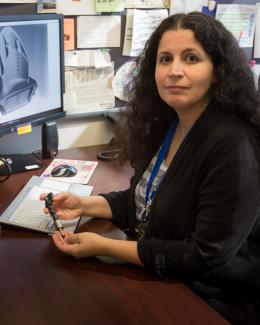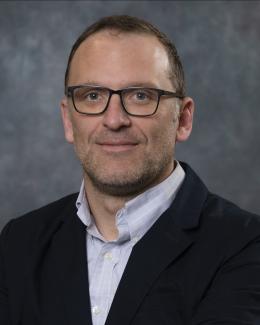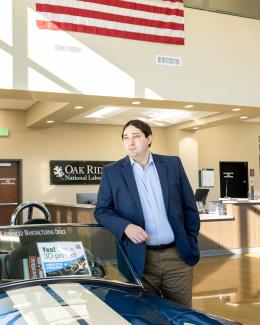Abstract
The Oak Ridge National Laboratory (ORNL) Neutron Sciences Directorate (NScD) has installed a neutron imaging (NI) beam line at the High Flux Isotope Reactor (HFIR) cold guide hall. The CG-1D beam line produces cold neutrons for a broad range of user research spanning from engineering to material research, additive manufacturing, vehicle technologies, archaeology, biology, and plant physiology. Recent efforts have focused on increasing flux and spatial resolution. A series of selected engineering applications is presented here.
Historically and for more than four decades, neutron imaging (NI) facilities have been installed exclusively at continuous (i.e. reactor-based) neutron sources rather than at pulsed sources. This is mainly due to (1) the limited number of accelerator-based facilities and therefore the fierce competition for beam lines with neutron scattering instruments, (2) the limited flux available at accelerator-based neutron sources and finally, (3) the lack of high efficiency imaging detector technology capable of time-stamping pulsed neutrons with sufficient time resolution. Recently completed high flux pulsed proton-driven neutron sources such as the ORNL Spallation Neutron Source (SNS) at ORNL and the Japanese Spallation Neutron Source (JSNS) of the Japan Proton Accelerator Research Complex (J-PARC) in Japan produce high neutron fluxes that offer new and unique opportunities for NI techniques. Pulsed-based neutron imaging facilities RADEN and IMAT are currently being built at J-PARC and the Rutherford National Laboratory in the U.K., respectively. ORNL is building a pulsed neutron imaging beam line called VENUS to respond to the U.S. based scientific community. A team composed of engineers, scientists and designers has developed a conceptual design of the future VENUS imaging instrument at the SNS.







